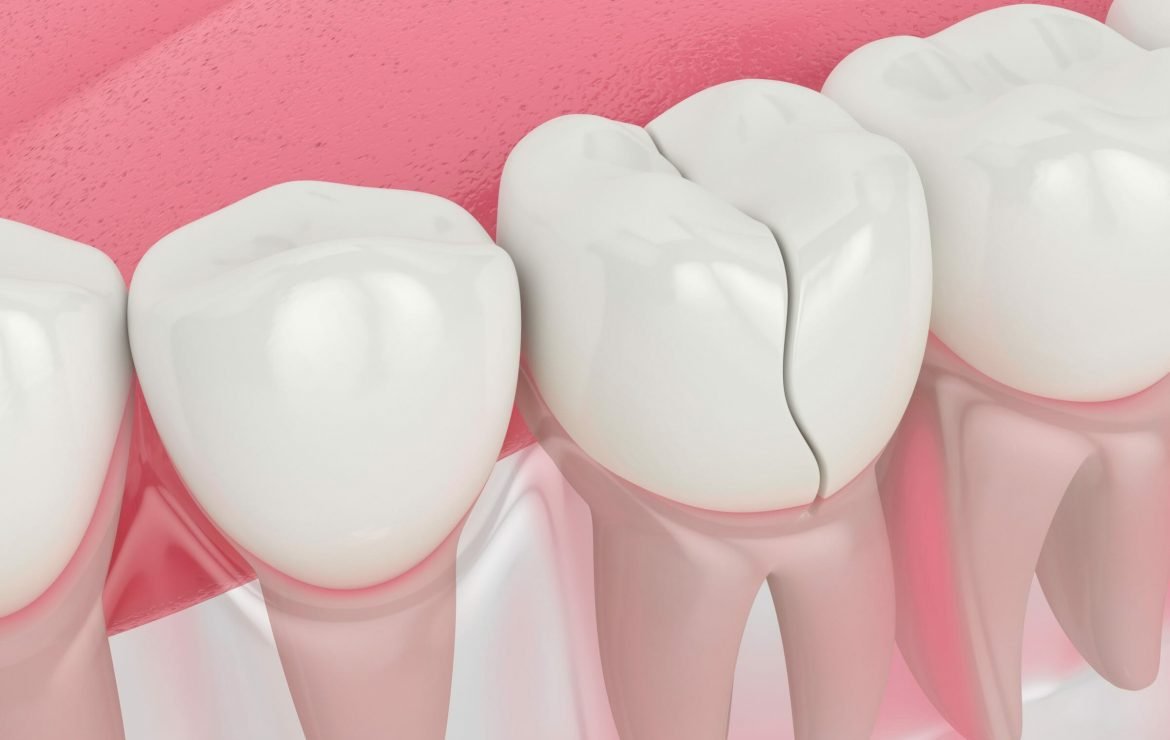

What is Fracture tooth restoration
Fractured tooth restoration involves repairing and restoring a tooth that has been cracked, chipped, or broken. Treatment options depend on the severity of the fracture. For minor chips, dental bonding or veneers can restore the tooth’s appearance and function. Moderate fractures may require dental crowns, which cover and protect the damaged tooth. In cases where the tooth’s pulp is affected, a root canal may be necessary before placing a crown. Severe fractures that extend below the gum line might need surgical intervention or extraction. Early diagnosis and treatment are crucial to prevent further damage and ensure optimal oral health.
Symptoms Of Fracture tooth restoration
Symptoms indicating the need for fractured tooth restoration include:
-
Pain : Sharp or intermittent pain when chewing or biting.
- Sensitivity : Increased sensitivity to hot, cold, or sweet foods and beverages.
- Swelling : Swelling or tenderness around the affected tooth.
- Visible Damage : Noticeable cracks, chips, or fractures on the tooth surface.
- Discomfort : General discomfort or a feeling that something is caught between the teeth.
- Bleeding : Bleeding around the fractured area, especially if the fracture extends below the gum line.
- Loose Tooth : A feeling of looseness or instability in the affected tooth.
How to Treatment
Treating a fractured tooth typically involves several steps, depending on the fracture’s severity:
- Assessment : The dentist examines the tooth, often using X-rays, to determine the extent of the damage and the best treatment approach.
- Cleaning : The affected area is cleaned to remove any debris or bacteria.
- Bonding : For minor chips or cracks, dental bonding can be used. This involves applying a tooth-colored resin to the damaged area and shaping it to match the tooth’s natural form.
- Crowns : For more significant fractures, a dental crown may be needed. The dentist prepares the tooth by removing any damaged areas, then places a custom-made crown to cover and protect the tooth.
- Root Canal : If the fracture has affected the tooth’s pulp, a root canal may be performed. The dentist removes the damaged pulp, cleans the root canals, and seals them before placing a crown.
- Extraction : In cases where the tooth is severely damaged and cannot be saved, extraction may be necessary. The dentist will then discuss options for replacing the tooth, such as implants or bridges.
- Follow-Up Care : Regular follow-up appointments ensure the restoration is functioning properly and the tooth is healing well.